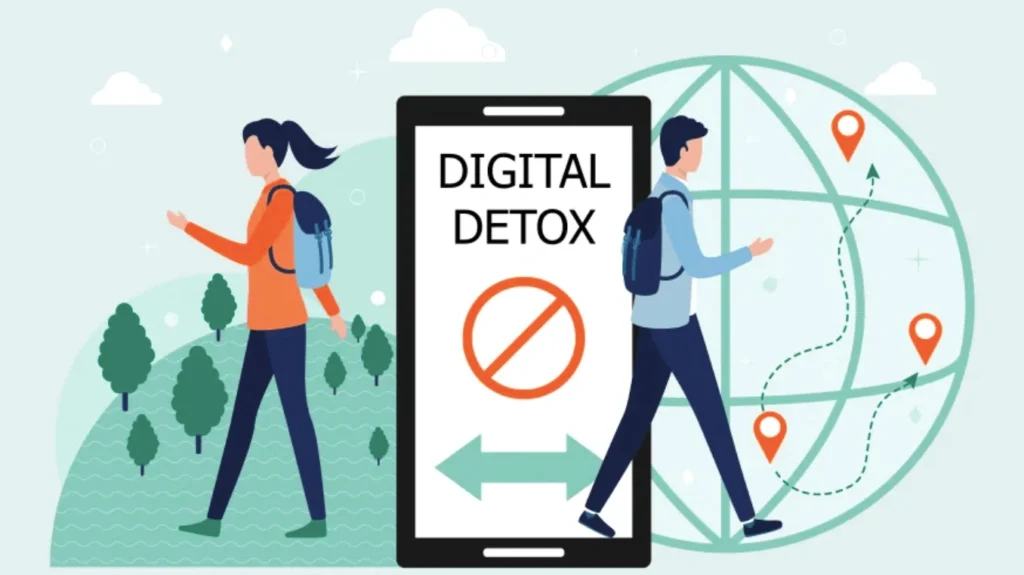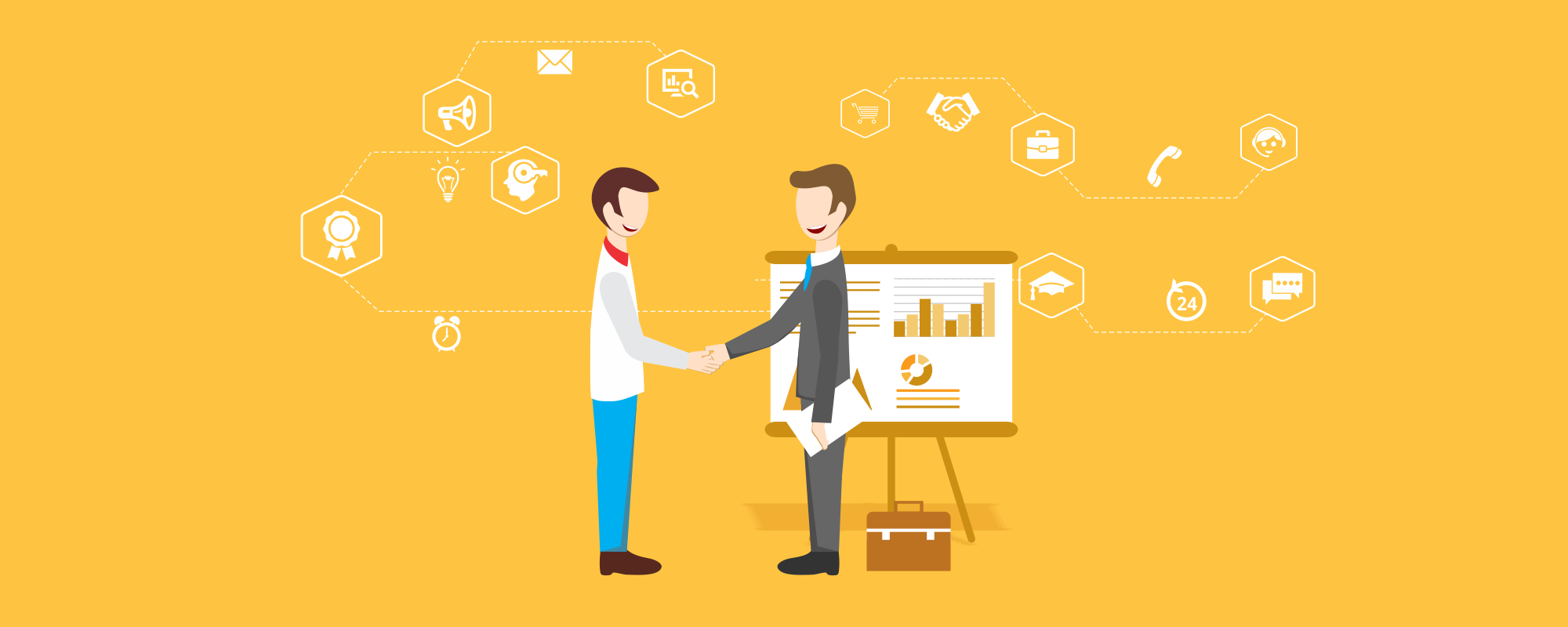The social media detox trend is becoming increasingly popular as people recognize the negative impact of excessive screen time. With rising concerns over social media addiction, more individuals are seeking ways to regain balance and improve their well-being. A structured social media detox plan helps break unhealthy digital habits and promotes a healthier lifestyle.
Stepping away from constant notifications, curated online personas, and endless scrolling allows people to rediscover real-world connections, improve focus, and reduce stress. Whether it’s a short break or a social media detox week, the results are often life-changing.

Content
What Is a Social Media Detox?
A social media detox involves taking a break from platforms like Facebook, Instagram, TikTok, Twitter, and LinkedIn. This intentional pause allows individuals to reset their digital consumption and develop healthier habits.
Unlike a digital detox, which includes all electronic devices, a social media detox is specifically focused on reducing time spent on networking apps. Many people adopt this practice to improve mental health, productivity, and social interactions.
The Benefits of a Social Media Detox
Enhanced Mental and Emotional Well-Being
Studies show that excessive social media use contributes to anxiety, depression, and loneliness. Constant exposure to curated online content can create unrealistic comparisons, leading to self-doubt. A social media detox helps individuals reduce stress, build self-confidence, and develop a more positive mindset.
Increased Productivity and Focus
Mindless scrolling is one of the biggest distractions in daily life. Taking a break from social media enhances concentration, cognitive function, and time management. Many professionals find that even a social media detox week leads to better work efficiency and personal growth.
Improved Sleep Patterns
Exposure to blue light from screens disrupts sleep cycles, leading to fatigue and poor health. A social media detox encourages a healthier bedtime routine, resulting in better rest and increased energy levels throughout the day.
Stronger Personal Relationships
Excessive time on social media can weaken real-world interactions. A social media detox allows individuals to strengthen face-to-face relationships, develop deeper connections, and be more present in everyday life.
How to Start a Social Media Detox (A Step-by-Step Plan)
Step 1: Define Your Purpose
A successful social media detox plan starts with a clear goal. Whether it’s to reduce social media addiction, improve mental clarity, or enhance productivity, identifying a purpose helps maintain motivation.
Step 2: Set a Detox Duration
Choosing the right timeframe is essential. Some people start with a social media detox week, while others commit to 30 days or more. A trial period allows individuals to evaluate the impact of reduced screen time on their lives.
Step 3: Notify Your Friends and Family
For those who rely on social media for communication, informing close friends and colleagues about the detox prevents misunderstandings. This also encourages accountability and support throughout the detox period.
Step 4: Use a Social Media Detox App
Many people struggle to resist the urge to check their phones. Using a social media detox app can help block distractions and create healthier habits.
Step 5: Replace Social Media with Positive Activities
To make the transition smoother, fill the extra time with hobbies, exercise, reading, or mindfulness practices. Engaging in meaningful offline activities makes the detox experience more rewarding.
Step 6: Evaluate and Adjust
After completing a social media detox, assess its impact. Many people find that reducing their online presence leads to a better quality of life, improved mental clarity, and stronger relationships. Gradually reintroducing social media with limits ensures long-term balance.
Common Challenges in a Social Media Detox and How to Overcome Them
Fear of Missing Out (FOMO)
One of the biggest challenges is the anxiety of missing updates, news, or online conversations. To overcome this, remind yourself that most content remains available later, and real-life experiences hold greater value.
Breaking the Habit of Constant Checking
Many users instinctively check their phones without thinking. Replacing this habit with new activities, such as journaling, fitness, or creative projects, helps break the cycle of social media addiction.
Work and Business Challenges
For professionals who rely on social media, a complete detox may not be feasible. Instead, a partial detox—such as using social platforms only during work hours—helps maintain productivity while reducing screen dependency.
Coping with Withdrawal Symptoms
Some individuals experience restlessness or anxiety when they disconnect from social media. Mindfulness exercises, deep breathing, and spending time in nature can help ease these symptoms.
The Growing Popularity of Social Media Detox Retreats
As the social media detox trend continues to grow, many wellness centers offer social media detox retreats. These retreats provide structured programs designed to help participants disconnect from digital distractions and focus on self-improvement.
Popular locations for social media detox retreats include nature reserves, meditation centers, and eco-friendly resorts. These experiences encourage mindfulness, relaxation, and a break from the pressures of online culture.
Best Social Media Detox Apps for a Healthier Digital Lifestyle
Technology can also help manage screen time. Here are some top-rated social media detox apps:
- Freedom – Blocks distracting websites and apps.
- Offtime – Customizes digital breaks to reduce phone dependence.
- Forest – Encourages users to stay off social media by growing virtual trees.
- RescueTime – Tracks and analyzes screen time habits for better digital well-being.
- Moment – Helps users develop a balanced approach to social media use.
Using these apps makes maintaining a social media detox easier by reducing temptation and creating structured breaks.
Real-Life Transformations: How a Social Media Detox Changed Lives
Many people who embrace a social media detox report improved mental health, increased creativity, and better personal relationships. Testimonials highlight:
✔ More free time for hobbies and self-care
✔ Increased focus and productivity
✔ Stronger real-world relationships
✔ Greater self-awareness and mindfulness
These success stories prove that disconnecting from social media leads to a more fulfilling and balanced life.
Conclusion: Is a Social Media Detox Right for You?
In today’s digital world, taking a break from social media can be a powerful step toward better mental well-being, productivity, and personal fulfillment. Whether you opt for a social media detox week or a long-term break, the benefits are undeniable.
Starting small—by using a social media detox app, setting limits, or joining a social media detox retreat—can make the transition easier. Are you ready to reclaim your time and focus on what truly matters? Begin your social media detox journey today.
FAQs
What happens when you do a social media detox?
A social media detox helps reduce stress, improve focus, and enhance mental well-being by breaking screen addiction and fostering healthier real-life interactions.
How long should a social media detox last?
A social media detox can last from a social media detox week to 30 days or more, depending on personal goals. Even short breaks can improve mental clarity and productivity.

I’m Kelly Hood! I blog about tech, how to use it, and what you should know. I love spending time with my family and sharing stories of the day with them.












